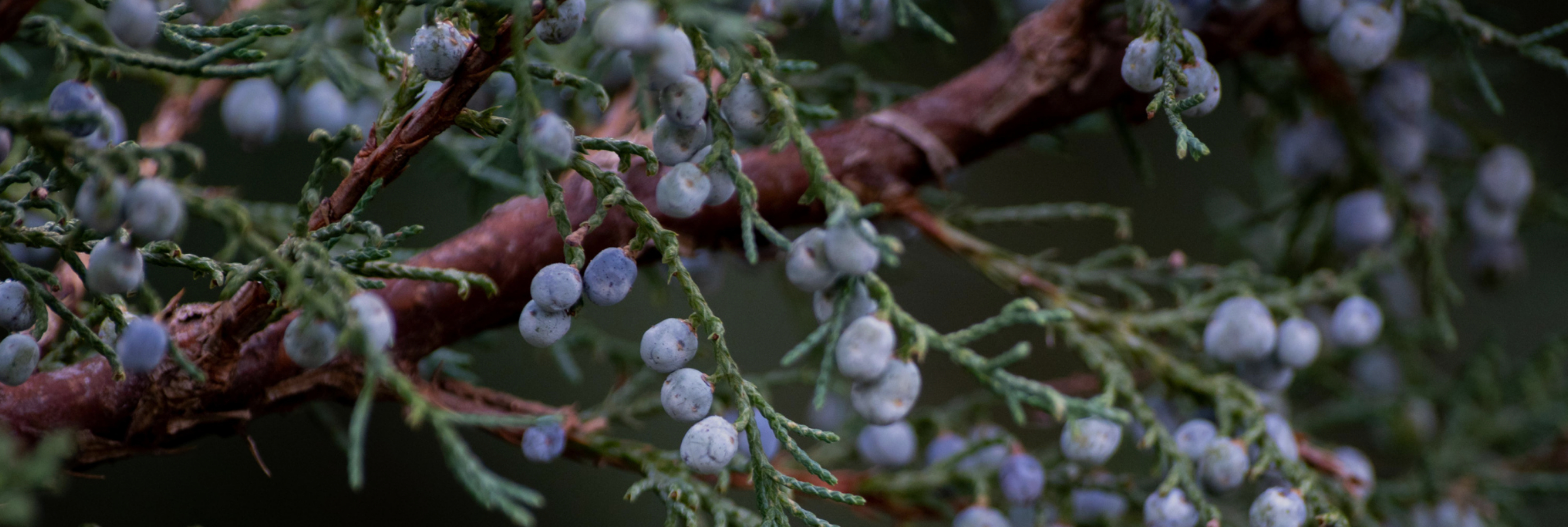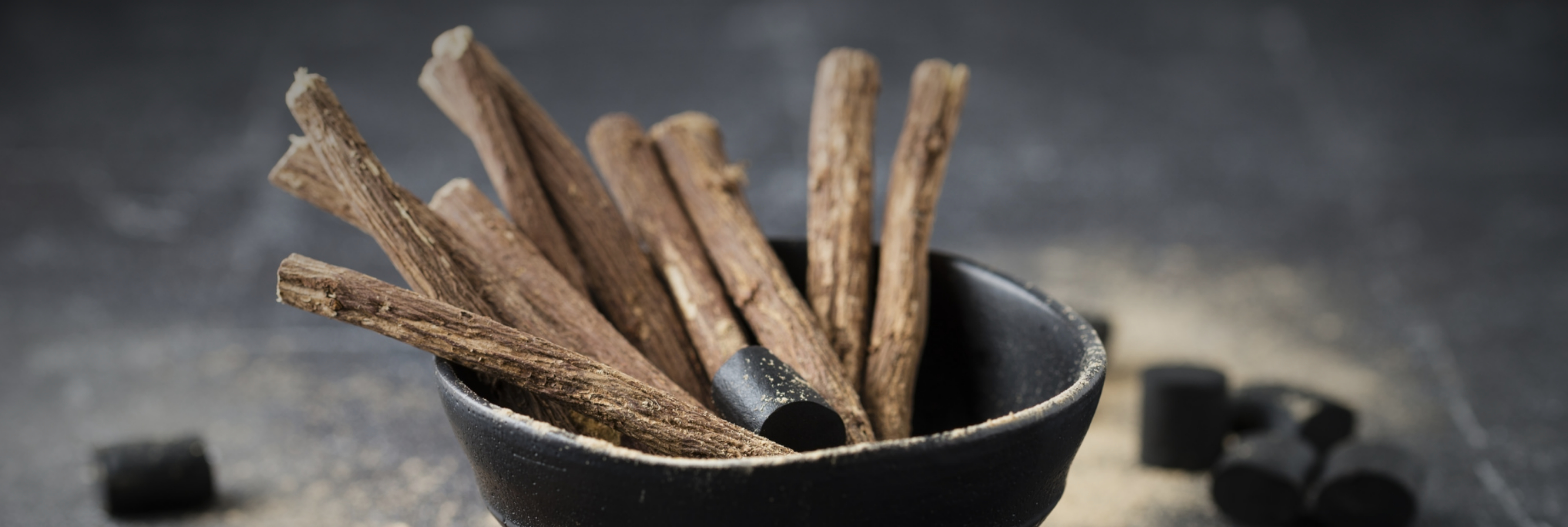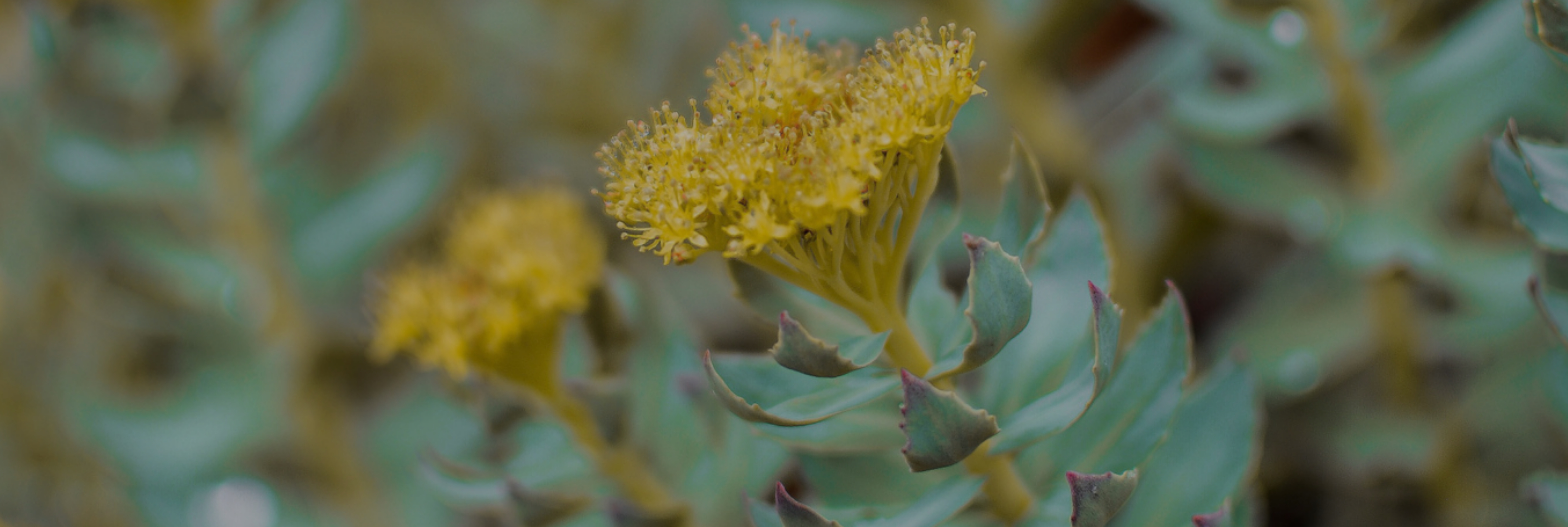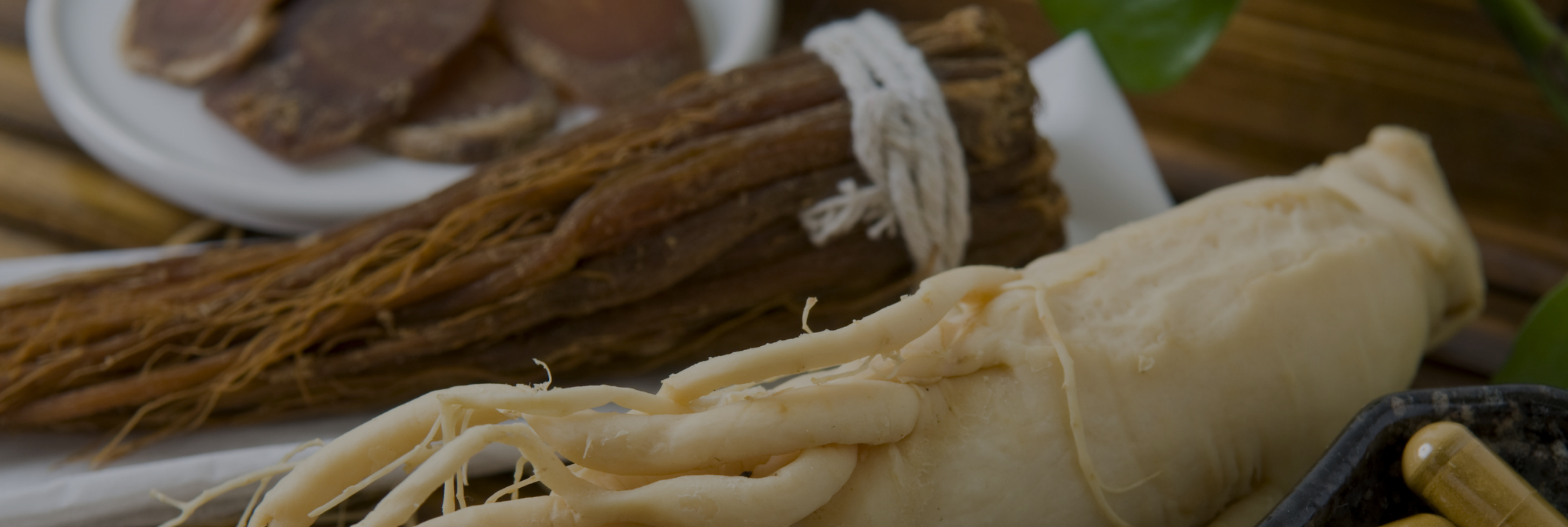There can be numerous differences between two botanical powders, particularly between two ginseng powders. How can you tell them apart? What are the quality criteria for botanical powders? This article details all the parameters to be verified to ensure ginseng powder quality.
The first aspect to consider in choosing a ginseng powder is the species used. It must be pointed out that numerous varieties from different origins of ginseng exist. This involves plants sold under name of ginseng although their characteristics differ from the species Panax ginseng C.A. Meyer, which corresponds to the South East Asian origin ginseng used in TCM.
It is possible to distinguish between red or white ginseng powders among the Panax ginseng C.A. Meyer powders. What is the difference between these two types? The difference lies in the whether the ginseng root is steam cooked or not. The natural state of ginger is white and becomes red when steamed, a traditional procedure carried out over the past several thousand years in Asia. Is it better to opt for red or white ginseng powder? The choice depends on one’s needs or expected benefits.
Ginsenosides are molecules of interest in ginseng powder. They belong to the saponin family and include over 50 different types. The highest proportion of ginseng roots are mainly ginsenosides Rg1, Rg2, Re, Rf, Rb1, Rb2, Rc and Rd. They are distinguished from rare or noble ginsenosides including Rg3, Rg6, Rk1, Rk2, Rh1, Rh2, and CK. The latter provide excellent bioavailability and are exclusively found in red ginseng powder.
The effectiveness of a botanical powder is directly related to the part of the plant used. This is particularly the case with ginseng. The powder obtained from the aerial parts of Panax ginseng C.A. Meyer do in fact have a much less interesting phytochemical profile than a ginseng root powder. From a bibliographic point of view, ginseng powder obtained from aerial parts is not studied very much, nor powder used in TCM. This practice comes from valuing what is produced by the root, which is the noble part of the plant but which is only harvested once every 5 years. The aerial part of the plant can be harvested every year at a lower cost.
Contaminants are a criteria of quality which need to be taken into account when choosing a ginseng powder. At this point, it is interesting to remind the growing conditions of ginseng. Prior to harvesting, the ginseng root must stay in the ground 4 to 6 years. The ginseng root has time to concentrate the nutrients in the soil but also the contaminants. In other words, the choice of sustainable farming is crucial to ensuring the quality of a botanical powder.
CEO & Partner Natural Origins - Head of Innovation





Leave a comment